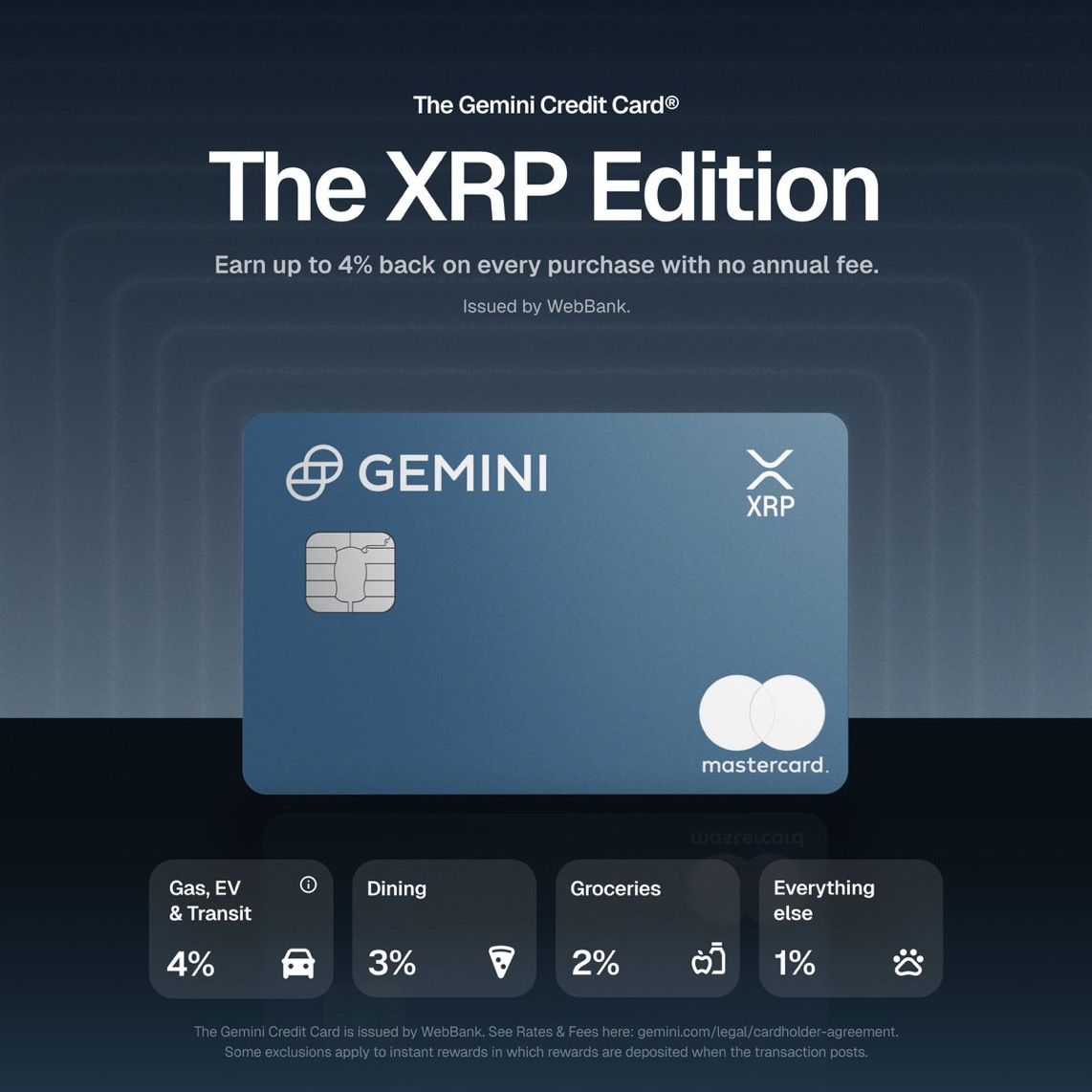EU Accelerates Digital Euro After U.S. Stablecoin Law Puts Dollar Ahead
Europe Freaks Out: Digital Euro Fast-Tracked After U.S. Stablecoin Law
America just legalized stablecoins. Now Brussels is scrambling to make the euro relevant in the blockchain age.
⚡ Quick Hits
- 🇺🇸 U.S. stablecoin market: 288B
- 🪙 Leaders: USDT 167B | USDC 67.5B | USDe 11.8B
- 🇪🇺 EU tool: MiCA framework in place
- 💻 Debate: Digital euro on Ethereum/Solana vs. centralized ECB system
- 🌍 Global race: China, Turkey, U.S. already moving fast
🇺🇸 U.S. Triggers Panic in Brussels
The U.S. just passed the Genius Act, giving dollar-backed stablecoins a clear regulatory home. Within weeks, Europe started fast-tracking the digital euro.
Why? Because the numbers don’t lie:
- USDT: 167B
- USDC: 67.5B
- USDe: 11.8B
That’s nearly 300B in circulation — all dollar-dominated.
An EU official didn’t sugarcoat it:
“The U.S.’s new regulation mandates Europe to swiftly act on the digital euro.”
If Brussels drags its feet, the euro risks becoming irrelevant in the global crypto-finance arena.
🖥️ Blockchain vs. Central Bank Server Farm
The EU is stuck on the biggest design question: Does the digital euro live on a public blockchain… or behind the ECB’s firewall?
Option 1: Centralized ECB Network
- Fully state-controlled.
- Looks like today’s banking system — just digitized.
- Regulatory clarity baked in.
- Safe, but… boring.
Option 2: Public Blockchain (Ethereum/Solana)
- Accessible worldwide.
- Interoperable with DeFi and stablecoins.
- Future-proof — but politically messy.
- Risk: ceding some control to open networks.
For now, insiders say Brussels leans centralized. But the crypto-native path isn’t off the table.
🌍 The Global Currency Race
This isn’t academic — it’s currency warfare.
- China: e-CNY already live, and now testing stablecoins on public chains.
- Turkey: trialing CBDC payments.
- U.S.: stablecoins already functioning like digital dollars.
Meanwhile, Europe debates tech stacks while the euro risks slipping into second-tier currency status.
MiCA gives Brussels a legal framework, sure. But law without tech scalability and interoperability is just words on paper.
🧠 Bigger Picture
The digital euro isn’t just about payments. It’s about whether the euro stays globally competitive.
- If it’s centralized → safe but limited, stuck in old rails.
- If it’s blockchain-based → risky politically, but future-proof and global-ready.
The decision coming out of Brussels in the next months could define the euro’s next 50 years.
TL;DR
- U.S. passed the Genius Act, supercharging dollar stablecoins.
- EU is now rushing to launch the digital euro.
- Debate: keep it centralized under the ECB or put it on Ethereum/Solana.
- Stakes: the euro’s global relevance in the stablecoin/CBDC race.
- Final call expected soon — could make or break Europe’s position in digital finance.

Recent News
All Time High • Live
Have questions or want to collaborate? Reach us at: info@ath.live











